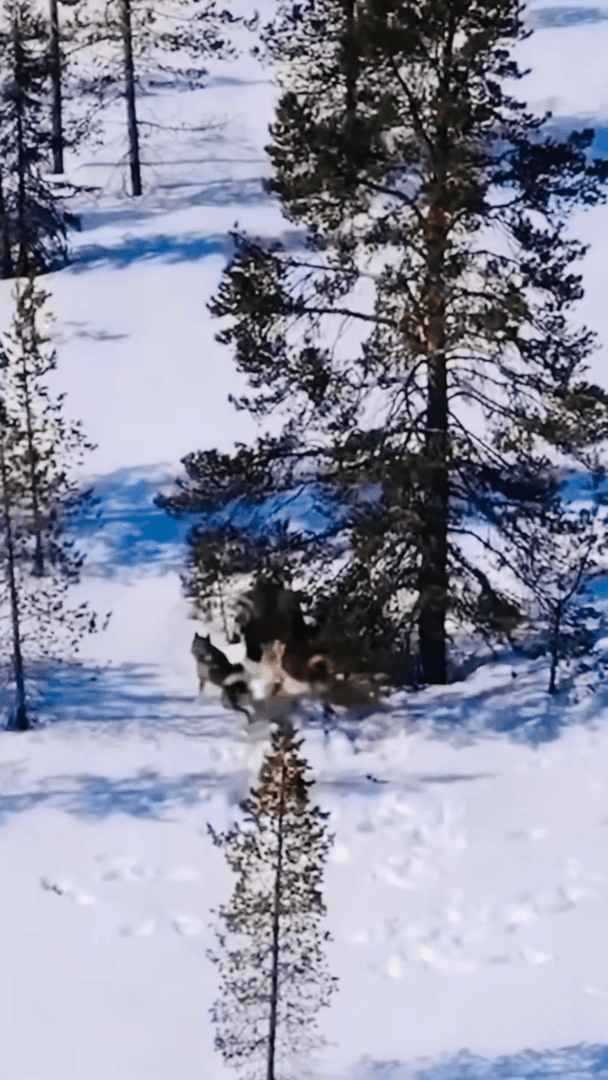
Redbone Coonhound Hunting Dog: Traits, Training & Field Mastery The Redbone Coonhound is a quintessential American hunting dog, revered for its tenacity, agility, and soulful bay. With roots tracing back to the Southern United States, this breed has earned its place among serious hunters for its ability to track and tree game in rugged terrain. Whether you’re chasing raccoons in Appalachian forests or trailing cougars in the Rockies, the Redbone is a reliable partner. --- 🎯 Game Targets: What Redbone Coonhounds Hunt Redbone Coonhounds are versatile hunters with a strong prey drive and a “cold nose” — meaning they can follow older scent trails with precision. Their primary quarry includes: • Raccoons – Their specialty. Redbones are bred to track, chase, and tree raccoons. • Opossums and squirrels – Common small game targets. • Big game – With proper training, Redbones can handle larger animals like bears and cougars, using their courage and endurance to tree rather than confront. • Wild boar and deer – In some regions, they’re used for tracking these animals, though not typically for direct confrontation. Their treeing instinct makes them ideal for hunts where the goal is to locate and immobilize prey until the hunter arrives. --- 🌍 Where Redbones Thrive: Popular Hunting Regions Though developed in the Southern United States, Redbone Coonhounds are now found in hunting circles across North America. Key regions include: • United States – Especially in Georgia, Tennessee, and the Carolinas, where the breed originated. • Canada – Used in forested regions for raccoon and bear tracking. • Eastern Europe – Gaining popularity among boar hunters for their scenting ability. • Russia and Belarus – Occasionally seen in rugged terrain hunts, though less common than native breeds. Despite their growing international presence, Redbones remain most prevalent in American hunting culture. --- 🧬 Breed Characteristics & Care Physical Traits • Height: 21–27 inches • Weight: 45–70 lbs • Coat: Short, dense, and rich red • Eyes: Dark brown to hazel, often with a pleading expression • Build: Muscular, agile, and well-proportioned Temperament • Energetic and independent, yet affectionate • High prey drive with a strong focus on scent • Friendly with people and other dogs, but not ideal as a guard dog Care Tips • Exercise: Minimum 60–90 minutes daily; hiking, swimming, and scent games are ideal • Grooming: Weekly brushing; occasional baths to manage musky odor • Health: Watch for ear infections due to floppy ears; maintain dental hygiene and trim nails regularly --- 🐕🦺 Training for the Hunt: Building a Reliable Tracker Redbone Coonhounds are intelligent but can be stubborn. Early and consistent training is key. Starting Young • Begin at 12 weeks with basic obedience: sit, stay, come • Use positive reinforcement — treats, praise, and toys • Keep sessions short (10–15 minutes) to match their attention span Scent Conditioning • Introduce scent trails using drags (e.g., turkey hot dogs tied to a string) • Gradually increase trail length and complexity • Hide scented items at tree bases to encourage treeing behavior Socialization • Expose to various environments, people, and animals • Helps reduce fear and aggression, especially in field scenarios --- 🏋️♂️ To sharpen your Redbone’s instincts, incorporate these exercises regularly: • Drag Trails: These help develop scent tracking and prey drive. Aim to practice this 3–4 times per week. • Treeing Practice: Reinforces the dog’s natural behavior to bay and hold prey at trees. Conduct this exercise weekly. • Fetch & Tug: Builds muscle strength and focus. Include it in your daily routine. • Swimming: Provides a full-body workout and boosts endurance. Ideal frequency is 2–3 times per week. • Nosework Games: Stimulate mental sharpness and scent accuracy. These should be done daily. These activities simulate real hunting conditions and keep your Redbone mentally and physically sharp. --- 🦴 Field Features: What Sets Redbones Apart Redbone Coonhounds possess several traits that make them exceptional in the field: • Cold Nose Tracking: Can follow old scent trails others miss • Treeing Instinct: Naturally bay and hold prey at trees • Agility: Navigate marshes, mountains, and dense brush with ease • Swimming Ability: Cross rivers and swamps without hesitation • Vocalization: Their “sweet bay” helps hunters locate them from afar These features make them ideal for solo or group hunts in varied terrain. --- 🏹 Final Thoughts For hunters seeking a loyal, capable, and rugged companion, the Redbone Coonhound is a top-tier choice. With proper training, care, and exercise, this breed will not only enhance your hunting success but become a cherished member of your outdoor life. Whether you’re treeing raccoons in the Appalachians or tracking boar in Eastern Europe, the Redbone is ready to work — and howl — by your side.
Post: 8 August 21:22





